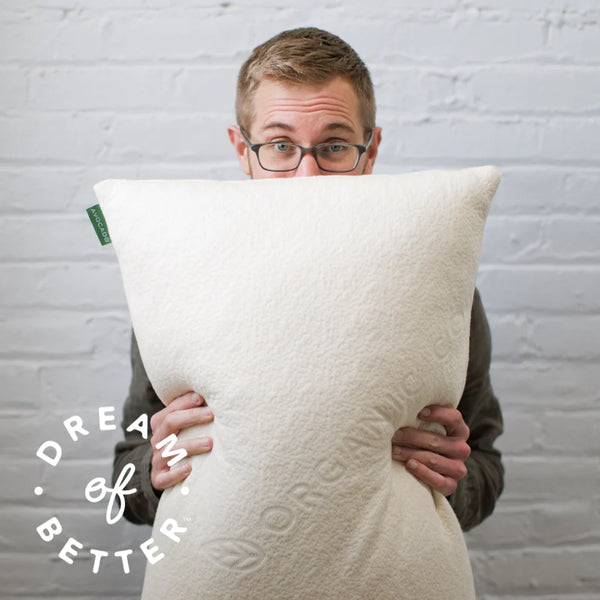Autism and Sleep Explained
Sleep difficulties are an all too familiar symptom for individuals living with autism, often worsening behavioral challenges and aggravating health conditions, while lowering overall quality of life. Discover what causes these issues, as well as ways you can support your child to improve their sleeping patterns.
Polysomnography, with multiple sensors and wires, is the gold standard when it comes to testing sleep disorders. A less intensive alternative would be actigraphy which measures movement.
Social cues
Social cues provide an important window into how people are feeling and what they are thinking, helping us gauge conversational tone or interactions between individuals. Though different people may respond differently, some universal signals like raised eyebrows can indicate surprise or doubt.
From an early age, children learn to interpret social cues as a way of understanding their surroundings. Accurately reading social cues is key for normal social functioning; however, individuals with certain psychological disorders may struggle with this task and it could result in various social or behavioral problems that disrupt sleep, including anxiety, depression or ADHD.
Nunez advises neurodivergent individuals to immerse themselves in various social situations and seek assistance from a social coach if needed, to learn different social cues. Doing this allows them to practice reading them more accurately – such as recognizing when someone yawns or sighs during conversation as an indication they’re bored versus when these behaviors could actually indicate fatigue or stress levels in an individual.
Individuals living with autism should aim to steer clear of substances like caffeine and nicotine, and create an ideal sleeping environment without distractions or disrupted patterns. Establishing a bedtime routine and not oversleeping during the day may also help facilitate better restful slumbers.
Melatonin
Healthy people’s melatonin production is determined by a master circadian clock in the suprachiasmatic nuclei of their brain, with genes aligning themselves to light input from eyes to signal an inhibitory signal that causes the pineal gland to stop producing it – this explains why winter time sees decreased production while summer tends to see increases.
Studies indicate that taking melatonin can significantly improve sleep for many children with autism; however, its long-term safety remains unknown and parents should use caution with its use since melatonin is a hormone which could interfere with growth and development as well as cause puberty to happen earlier if taken in too high a dose.
Recent research found that melatonin effectively improved sleep parameters such as duration and latency for children with Autism Spectrum Disorder. Furthermore, parents reported improved behavior as well as fewer problems related to attention deficit hyperactivity disorder (ADHD) behaviors like repetitive behaviors and compulsive actions.
Biosynthesis of Melatonin begins with L-tryptophan being converted to serotonin via hydroxylation, decarboxylation and acetylation processes, before being converted to Melatonin via enzyme conversion. To be efficient this conversion requires several cofactors such as vitamins B6, B12, GSH, carnitine and methylation; any defects in this area will hinder this process and contribute to lower levels in autistic patients.
Circadian rhythms
Most processes in your body and mind occur according to natural rhythms called circadian rhythms, which are controlled by small nuclei in your brain known as suprachiasmatic nuclei (SCN). They regulate your sleep-wake cycles as well as important activities like eating and working. They’re affected by external factors, including sun’s light/dark cycles. Children with autism can struggle with their circadian rhythms, often experiencing later bedtimes and earlier wake times than expected; night awakening may also become an issue leading to issues in terms of both sleep quality as well as behavioral problems related to behavior issues caused by difficulty sleeping through day/night cycles affecting their daily schedules – creating sleep issues in terms of both issues with sleeping through day/night cycles as a consequence of this problem.
Researchers still don’t fully understand why people with autism struggle with sleep, but one theory suggests they don’t use social cues that normally indicate when it is time for restorative rest, so they don’t get enough restful slumber. Another possibility could be related to their release of the sleep-inducing hormone melatonin at inappropriate times during the day or perhaps not producing or releasing enough.
People with autism can experience difficulties sleeping due to issues beyond just melatonin and circadian rhythm issues. Anxiety disorders and behavioral challenges may impair restful restful slumber, and medications taken may also have adverse impacts on restful restful slumber.
Brain plasticity
Brain plasticity refers to the brain’s remarkable capacity for change and adaptation in response to life experiences, making possible such achievements as learning new languages or driving better or managing depression more effectively. Furthermore, brain plasticity helps restore damaged parts after head injuries as well as speed recovery after head traumas.
Once thought to stop developing after childhood, we now understand that is far from true. Studies have demonstrated that brain activity continues to change throughout one’s entire lifespan and adulthood – both functionally and structurally – with changes including redirecting functions from damaged areas of the brain as well as creating new neurons.
One 2016 study demonstrated how adults engaging in balance exercises found their hippocampus thickened. Another showed increased connectivity in patients suffering traumatic brain injuries; such changes are known as functional neuroplasticity.
Structural neuroplasticity is another form of brain plasticity, in which neurons form new connections with each other. First discovered in 1973 by neuroscientist Michael Merzenich – winner of the 2016 Kavli Prize for neuroscience – his research showed certain areas of the brain being more responsive to learning and memory than others.
His experiments with light stimulation revealed that when mice saw a target light at one location, their visual cortex activity began to shift from their dominant hemisphere into their non-dominant one and ultimately resulted in new synapses being formed.










